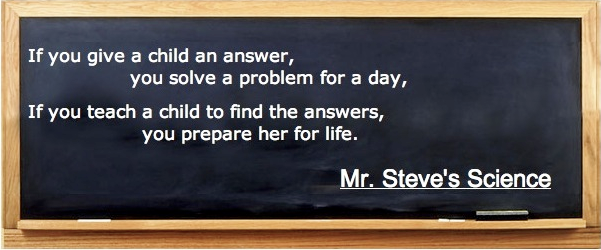We did another fun activity where several kids laid down head-to-foot to form a line. If we kept doing this, would we get an infinite line? Something interesting happened: in both clubs, kids answered, "Yes, the line will circle the Earth and meet itself and this ring will be infinite, because there is no end." The idea of a cycle as an example of infinity is powerful with children, and apparently the image of Earth being round goes with this infinity representation in their cosmologies. We will need to devote at least one club meeting to cycles.
Then I asked, but what if the line of kids could go on and on like this in a straight line, would the length of that line be infinite? Which led to a nice discussion about running out of kids, running out of space in the Galaxy, and then distinguishing what exists in math and in our abstract imagination from what exists in the physical reality. This discussion has to happen again and again around every calculus idea!then later ...
After doing the "infinite line of kids" activity, I asked the question, "Do infinitely many pieces always make an infinitely long line?" Everybody but Yasmin said, "Yes!" and we did a paper cutting activity next. Cut a strip of paper in two and lay down one piece. Cut the remainder in two and lay down that piece next. Cut the remainder in two, etc. After going, again, into the all-important discussion of distinguishing the physical paper from our mathematical ideals, kids could see how adding infinitely many pieces can result in a finite length. That was a big surprise! I will definitely do more of this in both clubs, with paper folding and cutting. The idea of a finite limit of an infinite sum is extremely powerful. It resolves several infinity paradoxes and provides important metaphors for understanding the world.
One thing I really like about what Maria did is how it sets up the kids and then gives them a big surprise and does it all with concrete tasks that kids can understand and easily do.
I have stated working on a "Cookie Cutter" in Etoys (using Polygons filled with a Cookie Bitmap, hmmm, I may try embedding instead, always more than one way to solve a problem). I have it to the point where it cuts the polygon in half (vertically or horizontally). Hope to share something soon.

1 comment:
Thanks so much for mentioning our book, Steve! We hope it will be available to the public before the end of the year.
There are 35 authors involved in this; it's exciting to see it finally coming together.
Follow my blog, Math Mama Writes, for updates on the progress of the book.
Post a Comment